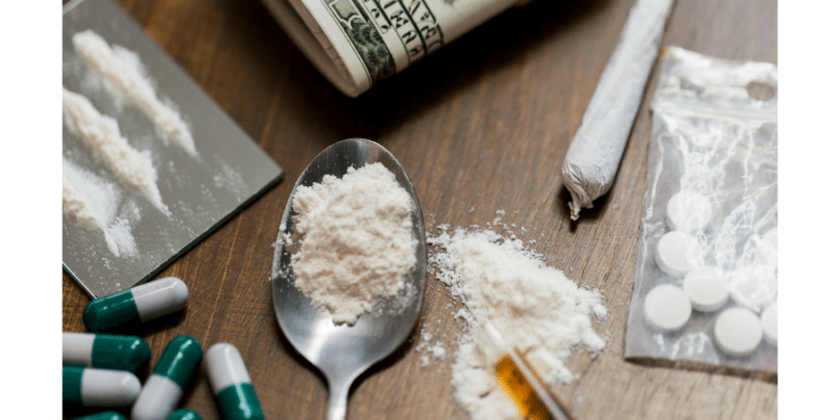Our nation is in the midst of an unprecedented opioid epidemic. More people died from drug overdoses in 2014 than in any year on record, and the majority of drug overdose deaths (more than six out of ten) involved an opioid. Since 1999, the rate of overdose deaths involving opioids—including prescription opioid pain relievers and heroin—nearly quadrupled, and over 165,000 people have died from prescription opioid overdoses. Prescription pain medication deaths remain far too high, and in 2014, the most recent year on record, there was a sharp increase in heroin-involved deaths and an increase in deaths involving synthetic opioids such as fentanyl1.
What’s an Opioid?
Opioids2 are a class of drugs that include the illegal drug heroin, synthetic opioids such as fentanyl, and pain relievers available legally by prescription, such as oxycodone (OxyContin®), hydrocodone (Norco®), codeine, morphine, and many others.
Regular use—even as prescribed by a doctor—can lead to dependence and, when misused, opioid pain relievers can lead to overdose incidents and deaths.
In the last two years, the DEA (Drug Enforcement Agency) has seen a significant resurgence in fentanyl-related seizures. According to the National Forensic Laboratory Information System (NFLIS), state and local labs reported 3,344 fentanyl submissions in 2014, up from 942 in 20133. In addition, DEA has identified 15 other fentanyl-related compounds.
Fentanyl is a Schedule II narcotic used as an analgesic and anesthetic. It is the most potent opioid available for use in medical treatment – 50 to 100 times more powerful than morphine and 30 to 50 times more potent than heroin. Fentanyl is potentially lethal, even at very low levels. Ingestion of small doses as small as 0.25 mg can be fatal. It’s euphoric effects are indistinguishable from morphine or heroin.
Fentanyl Death Rates are rising Rapidly4
The death rate of synthetic opioids other than methadone, which includes drugs such as tramadol and fentanyl, increased by 72.2% from 2014 to 2015. Synthetic opioid death rates (other than methadone) increased across all demographics, regions, and numerous states. Recent state reports have indicated that increases in synthetic opioid-involved deaths have been associated with the number of drug products obtained by law enforcement testing positive for fentanyl but not fentanyl prescribing rates. These reports indicate that increases in synthetic opioid-involved deaths are being driven by increases in fentanyl-involved overdose deaths, which are likely due to illicitly-manufactured fentanyl.
What is Fentanyl?
Pharmaceutical fentanyl5 is a synthetic opioid pain reliever, approved for treating severe pain, typically advanced cancer pain. It is prescribed in the form of transdermal patches or lozenges and can be diverted for misuse and abuse in the United States.
However, most recent cases of fentanyl-related harm, overdose, and death in the U.S. are linked to illegally made fentanyl. It is sold through illegal drug markets for its heroin-like effect. It is often mixed with heroin and/or cocaine as a combination product—with or without the user’s knowledge—to increase its euphoric effects.





